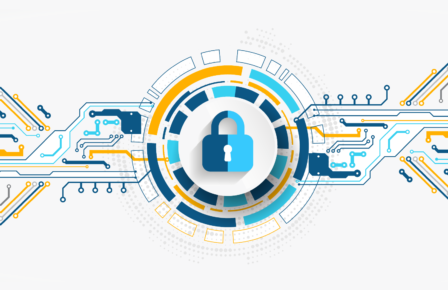You may have heard that we are running out of addresses on the internet. In fact, with more and more things being internet enabled, we have already depleted the global pool of IPv4 addresses, those which the majority of systems using the internet understand. These addresses look something like 192.168.1.100, and there are potentially 4.3 billion of them, or 2^32.
Fortunately this process has been gradual and the Internet Engineering Task Force foresaw the problem in the 1990s, creating a new set of addresses as long ago as 1998. This is called IPv6, and provides 2^128 addresses. That is a vast amount of addresses and should ensure that we don’t face this problem again. Along with a huge increase in what’s known as the address space, many of the protocols that underpin the internet had to be redesigned, and all the servers, routers and other devices that connect everything together had to be upgraded.
At 34SP.com, we’ve been supporting IPv6 for a number of years, supplying every new hosting account with IPv6 enabled. The UK isn’t leading the world in this regard but has seen a recent increase in use with roughly 13% of traffic using IPv6 instead of IPv4.
As we’ve rolled out IPv6 to all our hosting accounts, we began to notice some strange issues with addresses occasionally failing to respond. Fortunately everything was still available over IPv4 so at worst this caused a temporary slowdown in site response for a minority of users, but it’s clearly not an acceptable situation and couldn’t be allowed to persist.
We eventually traced the fault to a problem with our gateway devices, which maintain a list of which IPv6 addresses are used on which servers. The decision was taken to replace these expensive proprietary devices with something we have much more experience with: servers running Linux.
We’ve now created a redundantly configured array of servers using BIRD to communicate with the rest of our core network and forwarding IPv6 traffic from our core network to the servers that need to see and respond to it. The moment we enabled the new servers, all our IPv6 problems stopped. The ideal outcome to this is that you never notice that your site is being served over the modern internet protocol, it just happens seamlessly in the background. That’s what we’re seeing now and we’ll continue to work behind the scenes to ensure smooth service for your website.


